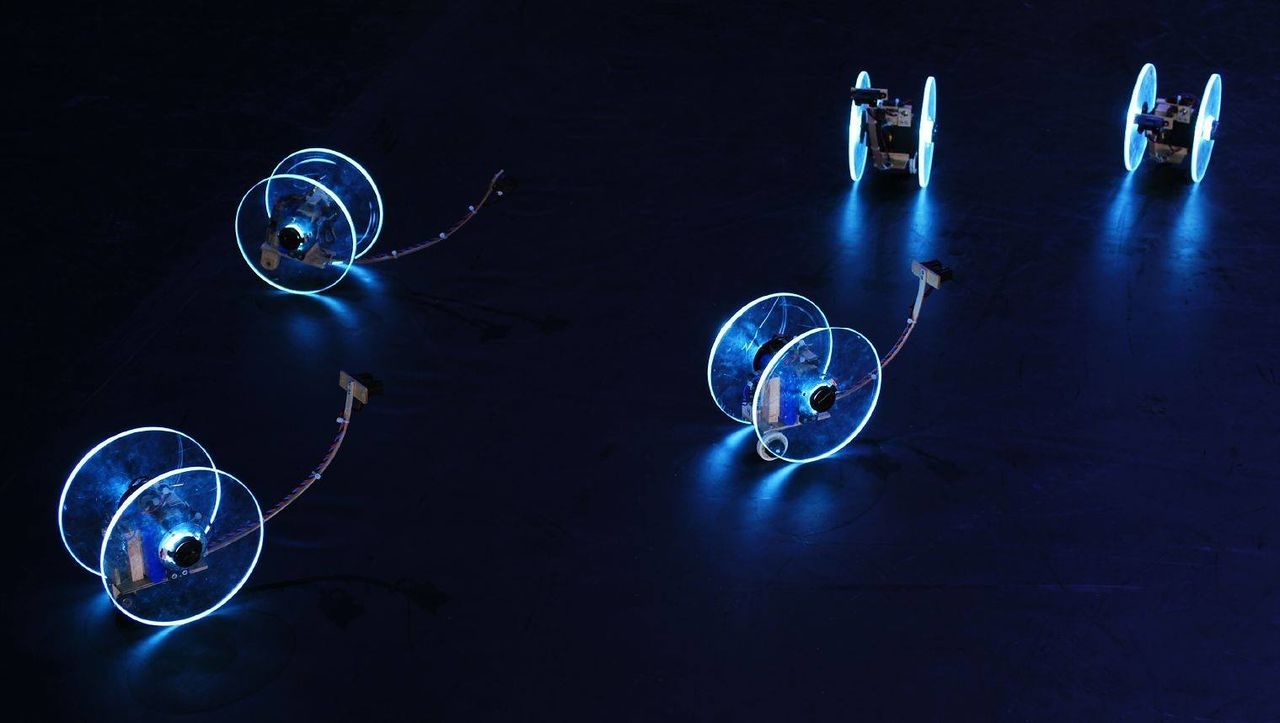Creative Slovenia in 2017: a fascinating success!
Ever since the year 2000 hundreds of cultural organisations from across Europe get to be annually united in a rather particular set of discursive rituals and administrative protocols. After adding the final touches to their respective, often painstakingly compiled project propositions, they apply for funds from the European Union's cultural programme. As of 2014 this programme is known as Creative Europe, covering the period of 2014–2020. It is a continuation of the relatively similar Culture 2007 and Culture 2000schemes, further preceded by some smaller programmes. All of them are based on the Treaty of Maastricht (1992), with which the EU was actually granted its (still somewhat limited) legitimacy to act in the cultural domain.
Worth about a billion and a half euros, Creative Europe is – in short – intended to support the creation of a shared European cultural space (and identity). It is divided into two parts – the film focused MEDIA part (up until 2014 a separate entity), and the more diverse CULTURE part. This one is further partitioned into Literary Translations, European Platforms, European Networks and Cooperation Projects sub-programmes. It is through this latter one that Slovene cultural producers have been recently managing to continuously excel with quite some panache.
In a stunning performance of their application-genius, Slovene cultural organisations managed to claim no less than 1,2 million of the roughly 35 million euros at stake for Cooperation Projects in 2017.
The creative Slovenia
It must nevertheless be said that even such a performance was really only a minor surprise. Last year, when analysing the results between 2014 and 2016, Peter Inkei from the Budapest observatory already stated that »Slovenia is the incontestable east-central European champion in the Creative Europe programme«. He thus only reiterated himself when he recently (in May 2017) wrote that »the champion is again Slovenia with a 35% success rate«.
Sports metaphors aside, what he is referring to is that out of 20 projects with a Slovene 'leader' (the projects are always comprised of one leading organisation and several partner ones), 7 managed to be successful. Additionally, the other 74 endorsed projects (chosen out of the 548 sent in) further feature 10 more Slovene organisation as partners (which, between us, is often the preferable position in terms of the funds/responsibility trade-off). With all this in mind, Inkei rhetorically wonders if Slovenes are "born cultural managers".
We'll obviously leave genetics to others, as we'll also do with the complex historic composition of the Slovene cultural NGO scene. However, there is one possibly quite crucial factor that seems to stand out – it is the Creative Europe Desk Slovenia, a small NGO helping out the applicants with workshops, advice, networking, lectures and other matters of general support. Out of the many things they do is also a curious data mining and interoperability project, done together with our portal and resulting in the interactive infographic presented bellow.

- Organisations by status
- Public
- Private
- Projects by field
- film and audiovisual projects
- interdisciplinary projects
- multimedia and new technologies
- books and reading / literary translation
- cultural heritage
- architecture, design and applied arts
- performing arts (theatre, dance, music)
- visual arts
- Organisation's role in the project
- beneficiary
- co-beneficiary
The visualisation above represents the data related to the EU funding for culture as a whole, also encompassing the filed of film and audiovisual media. You can see the distribution of projects by art field, by the organisation's role in the project (leader/partner) and – interestingly – by the organisation's status as either a public or a private entity. Each square represents one participant, linking to his profile on our portal (the profile itself includes a complete list of one's European projects).
List of Cooperation Projects recipients in 2017
At the moment only the results of the Cooperation Projects call are known for 2017. However, what is somewhat striking and can already be discerned is that public institutions have significantly boosted their Creative Europe profile, and have almost caught up with the previously much more industrious NGO sector. What are the reasons for this and if the still reigning policies of public austerity can be of any guide in this regard is a speculation better left to others.
Here bellow is a list of the organisations that were successful in the Creative Europe Cooperation Projects call, as unveiled in May 2017.
- Aksioma Institute
- City of Women Association for Promotion of Women in Culture
- Department of Art History, University of Ljubljana
- Federacija Institute
- Gallus Foundation
- Goga Publishing House
- House! Society for People and Spaces
- Institute for the Protection of Cultural Heritage of Slovenia, Maribor Regional Office
- Kino Šiška Centre for Urban Culture
- Ljubljana Puppet Theatre
- Ljudmila Art and Science Laboratory
- Maribor Art Gallery
- Moderna galerija (MG)
- MoTA Museum of Transitory Art
- Pionirski dom Youth Culture Centre
- Sodobnost International Cultural Society
- Technical Museum of Slovenia
See also
- Creative Europe Desk Slovenia
- A list of ALL Slovene organisations ever funded by the Culture and MEDIA Programmes
- Culture.si infographics
External links
- April 2017 news from the Budapest Observatory, commenting on the CEP results
- May 2017 news from the Budapest Observatory, also commenting on the CEP results
- Research paper by the Budapest Observatory
- EU funding for culture? 4 observations from Slovenia, a blog post by Culture.si and Creative Europe Desk Slovenia
 <small class="imgdesc">The infographic featuring the international impact of 18 successful producers from Slovenia who have received the Creative Europe funds in 2020 for cooperation with 94 partners from 24 countries!ration with 94 partners from 24 countries! +
<small class="imgdesc">The infographic featuring the international impact of 18 successful producers from Slovenia who have received the Creative Europe funds in 2020 for cooperation with 94 partners from 24 countries!ration with 94 partners from 24 countries! +


